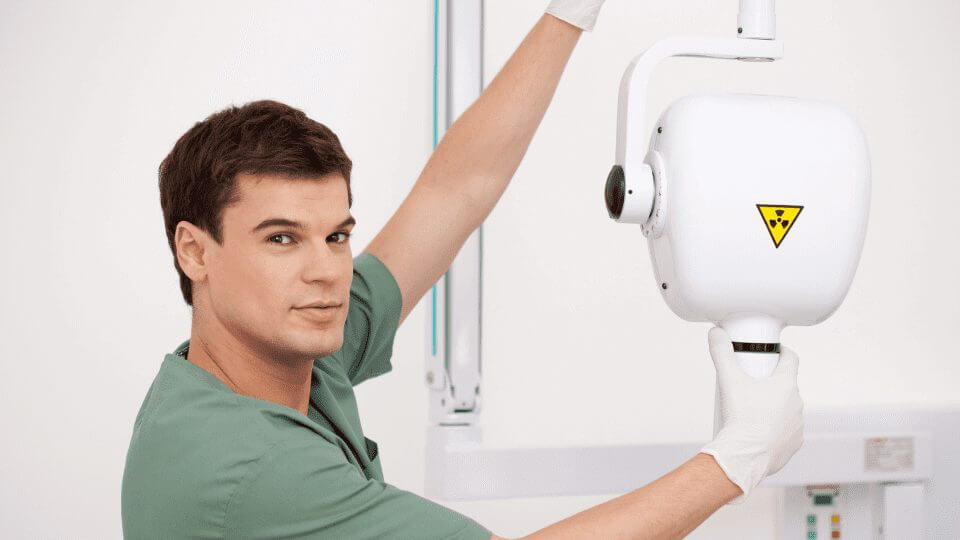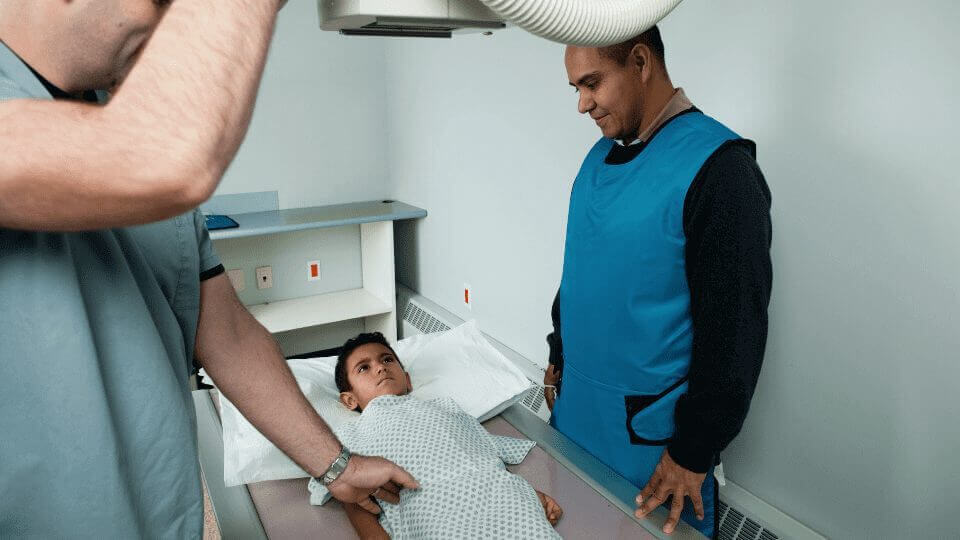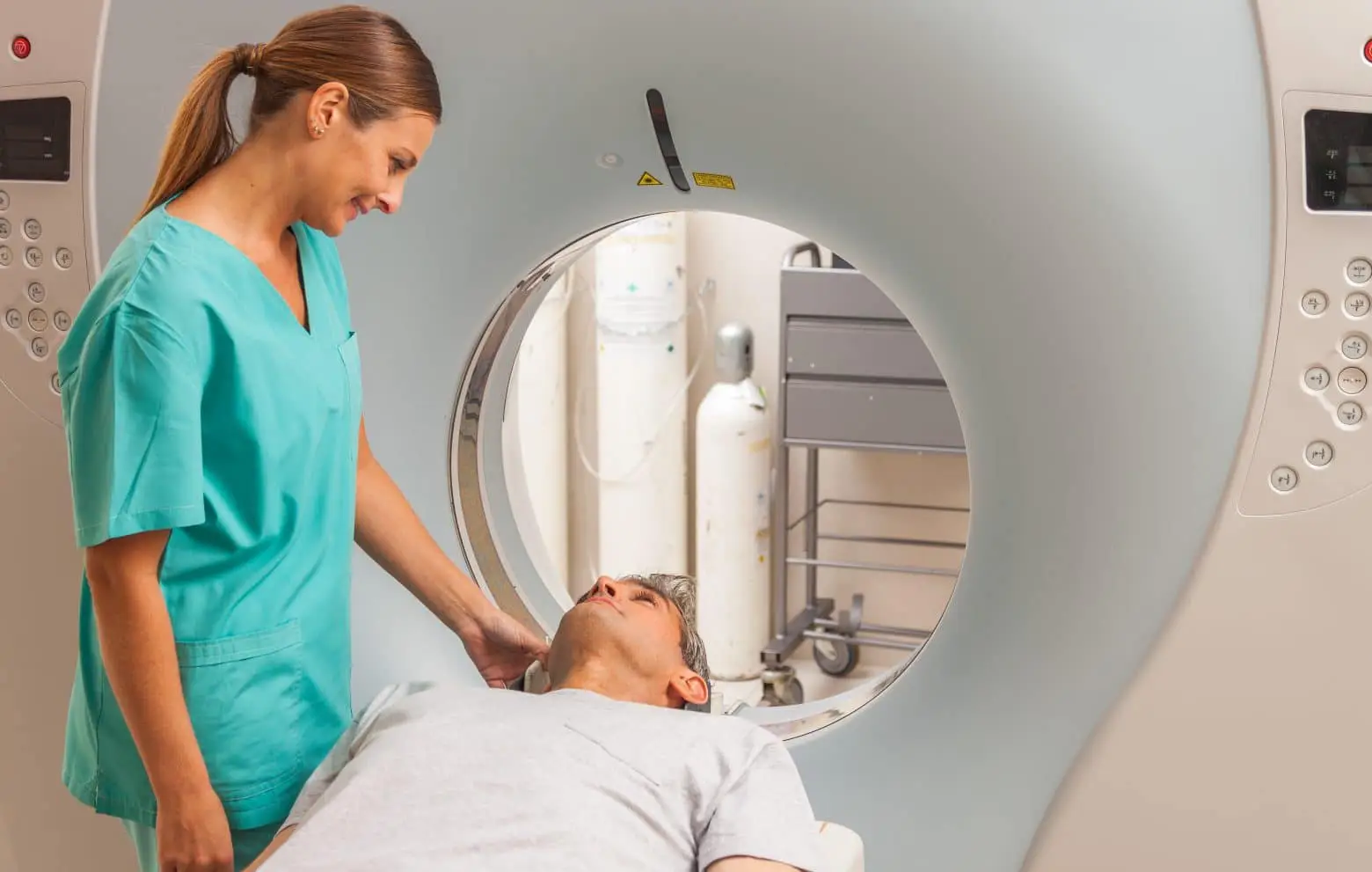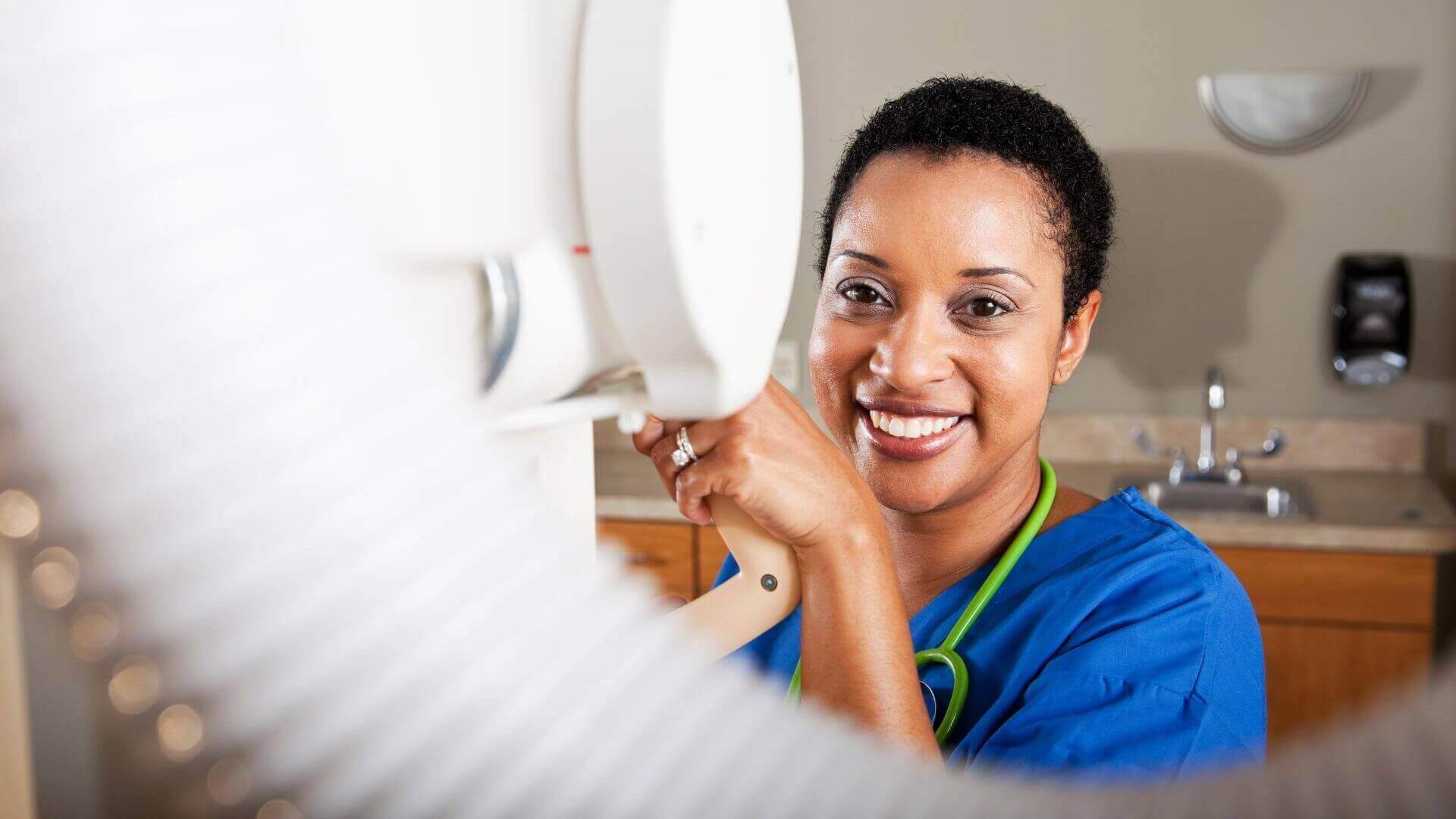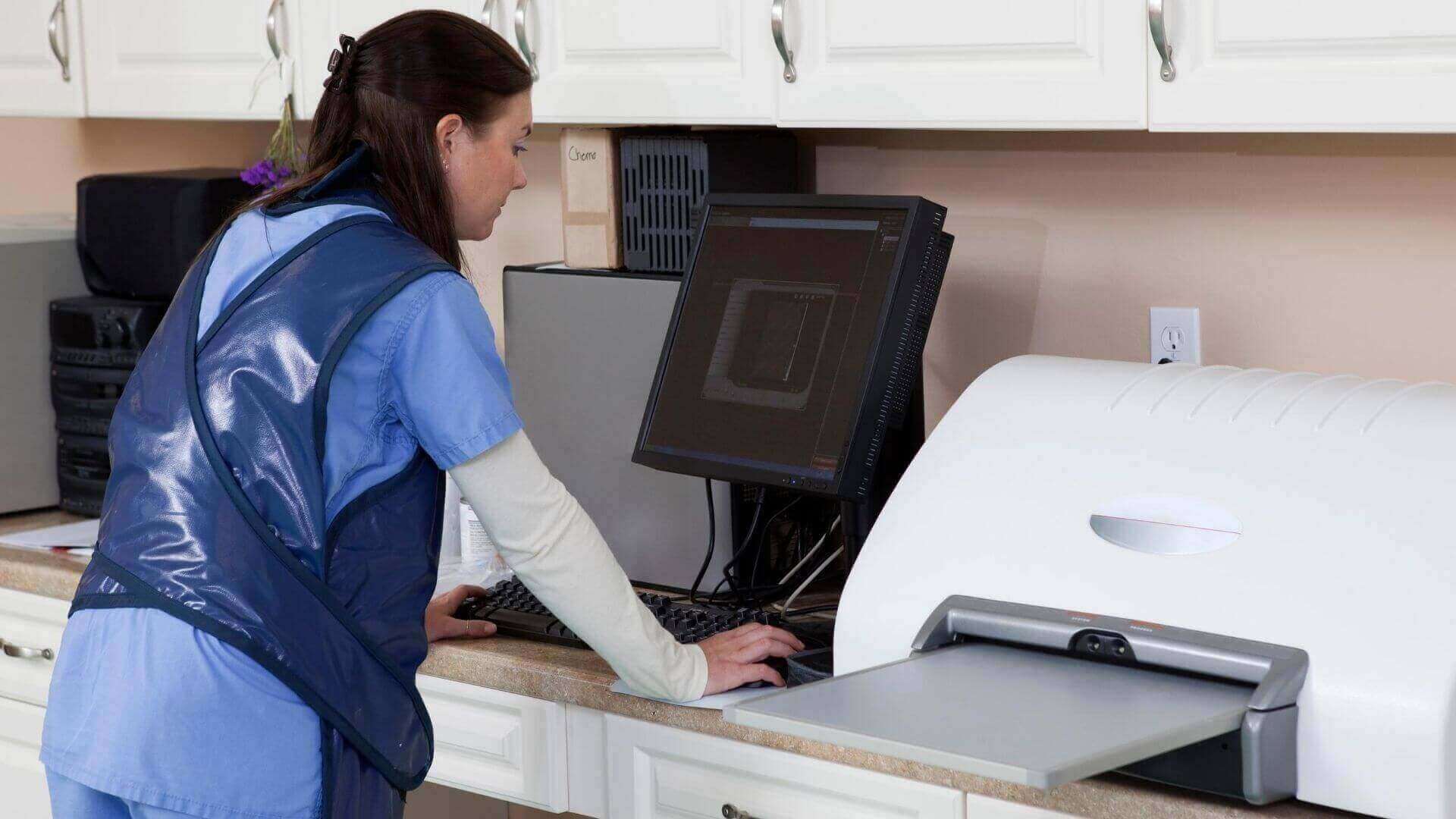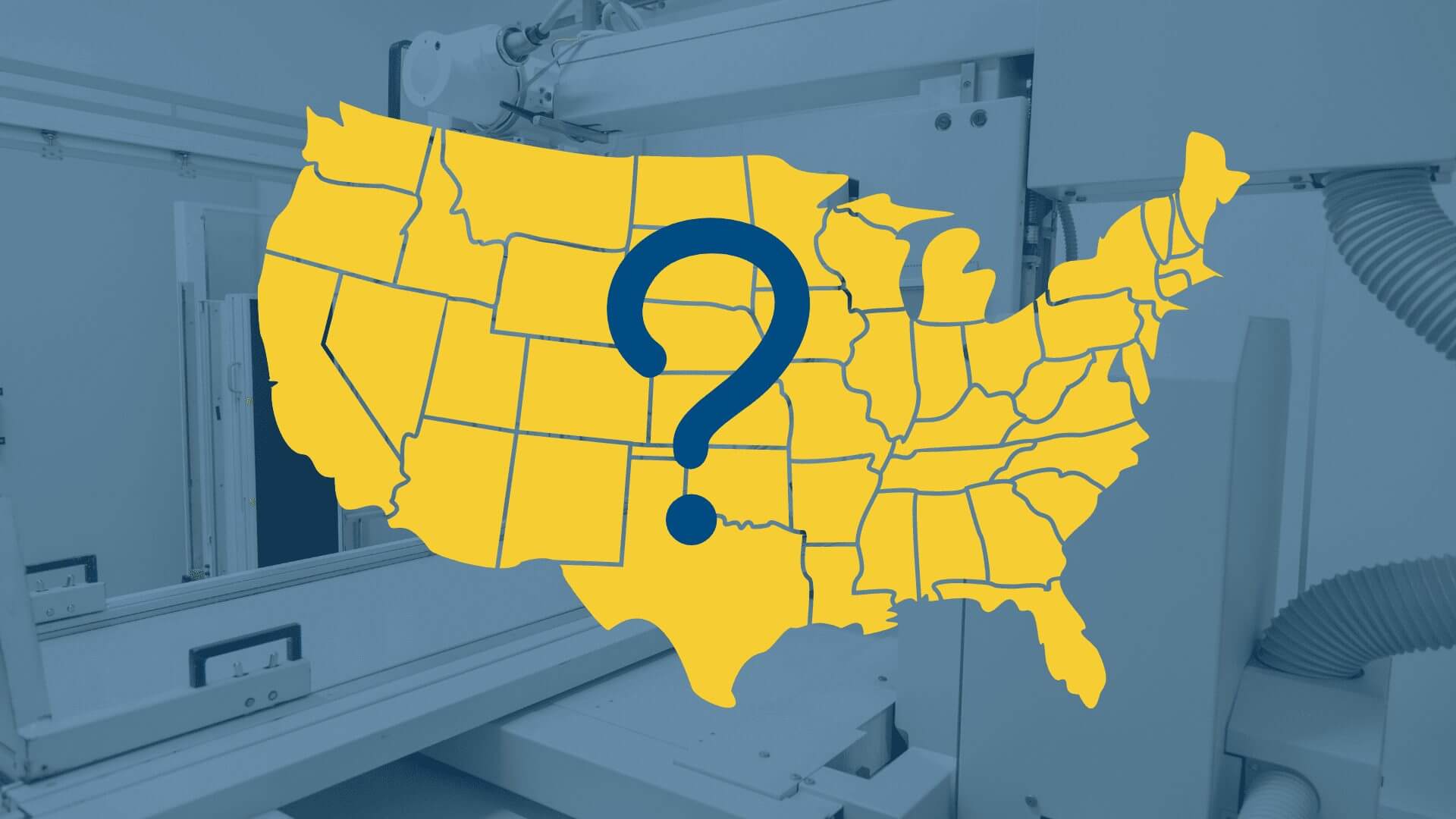X-ray Technicians vs. Radiologic Technologists
Date: September 9, 2021
X-ray Technicians and Radiologic Technologists work in health and wellness places. Both carry out imaging procedures. Each goes to school and studies technology and allied healthcare. What, then, are their key differences? This article explores some of the similarities and differences between these two professionals.
Education
Similarities
Both roles require secondary education. Primarily, each professional studies the same core areas. These include anatomy, patient positioning, examination technique, equipment protocols, radiation safety, radiation protection, and primary patient care.2
Differences
Limited X-Ray Technicians take a limited X-ray Technician course. This can be done in approximately 13 months or 52 weeks* depending on the program type. As a whole, X-ray Technicians study only specific parts of the body and are responsible for limited scopes of care.
Whereas Radiologic Technologists have a course that takes approximately two years, is a hospital-based program, and has extensive fieldwork hours. This Technologist completes either an associate’s or bachelor’s degree before practicing. By and large, a Radiologic Technologist’s training includes the entire human body because they are responsible for every aspect of the patient while in their care.
Exams
Similarities
According to the ASRT, limited X-ray Technicians and Radiologic Technologists must pass a national exam. Whereby they certify and register. They maintain their registered status by completing ongoing continuing education coursework. According to the ASRT, “All Radiologic Technologists must earn 24 continuing education credits every two years. These two years are called a biennium.” Continuing education applies to both roles.2
Differences
Limited X-ray Technicians typically complete a shorter educational program that grants certification and prepares one for one of two California State examinations, an X-ray Technician Limited License or an X-ray Technician Bone Densitometry Permit. A regulating body administers both exams. Specific procedures may require an X-ray Technician to apply for additional permits.1
Radiologic Technologists generally obtain a two-year associate degree in RT. After receiving the degree, students take a national examination. If they wish to practice in California, they must also obtain California licensure. Successful certification and registration qualifies the Radiologic Technologist to X-ray any part of the body. They may also apply for additional certificates, such as the Radiologic Technologist Fluoroscopy Permit or the Mammographic Radiologic Technology Certificate. These technologists may also become registered and certified in Radiation Therapy Technology.1
Responsibilities
Similarities
Both limited X-ray Technicians and Radiologic Technologists work in imaging. Each is in the healthcare industry.
Differences
Limited X-Ray Technicians: This professional is a limited-service technician. Based on the state where the technician is practicing, they are allowed to work on specific body areas within the scope they are certified to practice.
Radiologic Technologists: This professional has more responsibilities. By and large, Radiologic Technologists are legally capable of performing diagnostic imaging procedures, including X-rays, CT scans, mammograms, sonograms, and other advanced procedures.
Wages
Similarities
Both limited X-ray Technicians and Radiologic Technologists can have reasonably secure careers with generally consistent work hours, salaries, and benefits. Many also experience optimistic vocational forecasts and work within the medical community.
Differences
Limited X-Ray Technicians: The median salary for a limited X-ray Technician is approximately $40,000 per year or $19 per hour,† according to the U.S. Bureau of Labor Statistics. (Although recent graduates can often earn less until they establish seniority and life experience.)
Radiologic Technologists: The national average salary for a Radiologic Technologist is approximately $60,510 per year or $29 per hour,† according to the U.S. Bureau of Labor Statistics.3 (Although recent graduates can often earn less until they establish seniority and life experience.)†
Take the Next Step
Do you think you might be interested in going into healthcare imaging? If so, check out some of Gurnick Academy’s programs here. ~
* Indicates Approved Instructional Weeks
† This may or may not be your experience. Salaries can vary depending on many factors, including geography, experience, history, seniority, and company culture.
Citations:
1^a, b “Detail Occupational Guide.” 2020. Ca.gov. State of California, Employment Development Department. (Accessed Sept. 9, 2021.)
2^a, b “American Society of Radiologic Technologists (ASRT).” 2019. Asrt.org. The American Society of Radiologic Technologists. 2019. (Accessed Sept. 9, 2021.)
3 Chron Contributor. 2020. “Differences between Radiologic Technicians and X-Ray Techs.” Houston Chronicle .com. Houston Chronicle. Aug. 18, 2020. (Accessed Sept. 9, 2021.)

